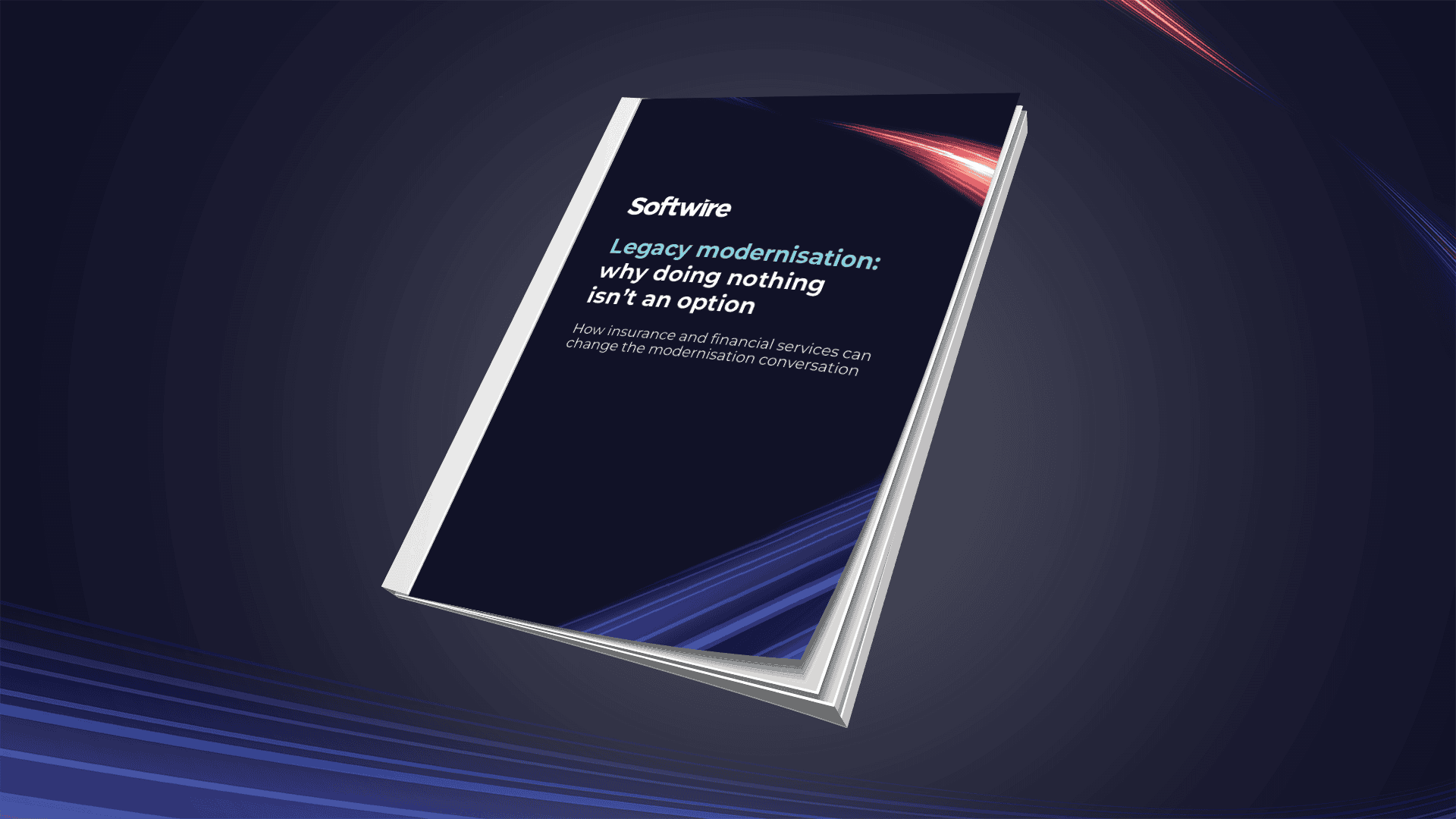
Everyone’s talking about it, but is anyone actually using artificial intelligence (AI), and if so, to what extent?
To help build a picture of the true state of play in AI in the summer of 2023, we recently invited CTOs from a number of well-known organisations to share their learnings at a Softwire event. These CTOs represented businesses from a range of industries, including travel and transportation, events management and financial services.
Stepping up from robotic process automation (RPA)
Robotic process automation (RPA) was once considered the pinnacle of workplace efficiency. RPA can be traced back as far as the 1950s, with the introduction of macros, and is a powerful way of undertaking tasks that would be slow or boring for humans. RPA sits at the heart of how search engines collect data about pages on the internet, for example.
But does it become redundant in the age of AI?
The consensus among the CTOs at our event was a resounding ‘no’. RPA remains an excellent way to replace well-defined human processes. What it can’t do is replace human judgement. And it’s here that AI complements RPA, rather than replacing it.
This sentiment appears to align with the views of Phil Fersht, the analyst credited with introducing ‘robotic automation’ as a term in his 2012 blog post ‘Greetings from Robotisation, outsourcing’s cheapest new destination’. According to a TechTarget article, Fersht considers RPA to be a gateway to wider AI adoption in businesses, as part of a toolset blending automation, analytics and AI.
With human judgement playing a critical role in so many aspects of our lives – from assessing medical images for signs of disease, to keeping everyone safe on our roads – there would seem to be ample new opportunities to use AI, provided the technology is sufficiently robust.
What steps are CTOs taking to investigate AI opportunities?
So let’s get down to it: how are organisations cutting through the hype and actually reacting to the opportunities presented by AI today?
The first main theme was that while many CTOs are choosing to be cautious but observant, there was a real intent across the board to investigate AI and find the best ways to adopt it.
Actual exploration of AI tended to be on an individual or team basis, with formal structures and governance around it only just beginning to emerge. These included around skills and roles, plus the legalities and risks of what’s largely an unregulated space. Several were also working with outside agencies, to draw on their AI skills when exploring opportunities.
Early results
We then asked organisations about their early experiences of using AI. This showed that many were taking steps in the right direction, and brought to light some interesting insights.
Is the output quality of generative AI good enough yet?
Much of the discussion around generative AI – and specifically image and text-generation – has centred on its potential to replace designers, copywriters and other creatives. Across many of the attendees’ organisations, it was indeed the marketing function that was most advanced in its adoption of AI. But the sense was that the value in generative tools today is their ability to help prototype ideas and concepts, rather than produce public-facing material. The sense was that the outputs, particularly in the image-generation space, aren’t yet even close to the quality needed for professional marketing.
Could software development time be reduced?
Another much-talked-about area of potential for generative AI has been to support software developers in writing code. The headline opportunity for tools such as GitHub Copilot to free up developers from writing code and spend more time on problem-solving, is, on the surface, universally appealing. But what many are finding is that the main benefits of these types of coding assistant lie elsewhere.
Many were finding that the time saving from having code written by AI isn’t actually that significant. The proportion of a developer’s time spent writing code is, after all, relatively small. And reading code will nearly always be harder than writing it, meaning most developers find it takes longer to understand AI-generated code, than it would to write something themselves.
Instead, the real advantages of AI-driven coding assistants have been felt in other areas. Firstly, they’ve helped experienced coders get up to speed in new languages quickly. Secondly, the tools may come up with ways of doing things that developers haven’t considered. And thirdly, these tools are highlighting areas for improvement in someone’s code that would otherwise come to light at the code-review stage, thereby accelerating the overall development process.
Supporting data research
Another big growth area for AI tools has been in spotting insights in data that humans may not have noticed. Some organisations were doing this using their business intelligence and analytics tools’ built-in capabilities, such as Microsoft Power BI’s Q&A. These tools provide conversational user interfaces where you write your query in natural language, and the software interprets it and attempts to visualise the answer.
Others were experimenting with uploading spreadsheets to ChatGPT and asking it questions. With the feature still in its infancy, care needs to be taken with how the results are used. We wouldn’t, for example, suggest using this in any kind of statutory or regulatory reporting, where absolute accuracy is essential. But there’s undoubtedly potential to use it for ad hoc decision-support.
So where next?
Regulation conversations are still underway at higher levels of governance.
This month, the UK government has been asked to feedback on the progress its made in the last three years on the recommendations from 2020’s Artificial Intelligence and Public Standards report. As AI contributed £3.7bn ($5.6bn) to the UK economy last year, this summary will give key insights into what’s working.
Softwire continues to keep its finger on the pulse of AI advancements, with members of our AI practice continually researching and trialling available technologies. We can support CTOs and other business leaders in understanding where AI can deliver:
- Operational Boosts – Using generative AI tech to give you the best opportunities to enhance your business productivity.
- Product enhancements – Using generative AI to provide better customer experiences and optimised product offerings.
If you’ve got an idea of where AI might be valuable in your organisation – or just want to have a chat about the art of the possible, please get in touch and tell us about your project.


